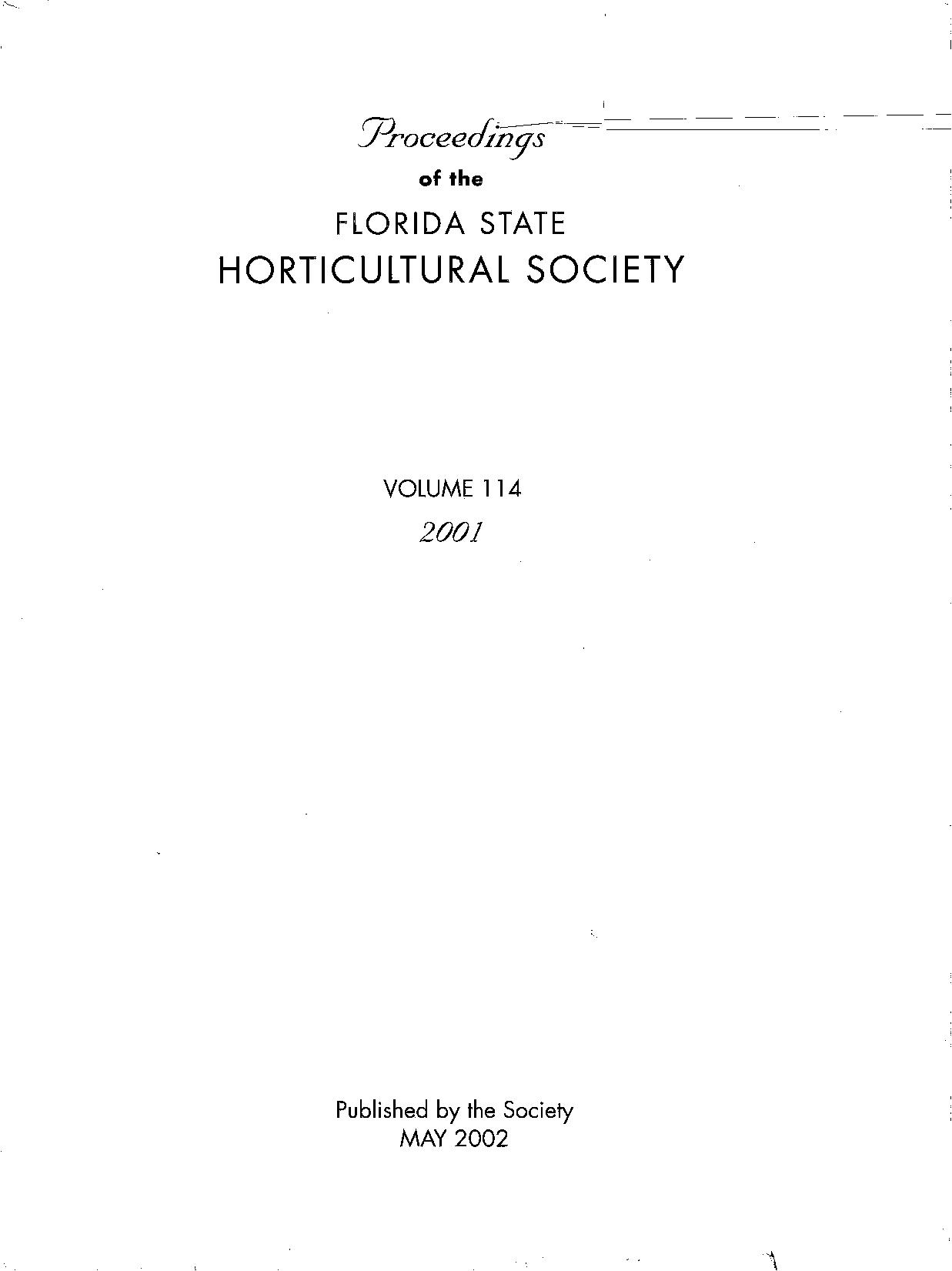Handling & Processing
Abstract
High temperature stress during critical stages of citrus flower and fruit development can reduce fruit yield and quality by reducing the supply of photosynthates. We conducted a 2-year trial to examine the potential of applying moderate shade at different physiological stages of fruit development to reduce high temperature stress, increase carbon fixation, yield, and fruit quality in citrus. Ten year-old 'Ruby Red' grape fruit (Citrus paradisi L.) and 8-year-old 'Hamlin' sweet orange {Citrus sinensis L.) trees were shaded with 50% shade screenseither continuously from post-bloom until harvest, from Apr. to July (early shade) or from Aug. until harvest (late shade). Leaf photosynthesis, fruit yield, and quality variables were evaluated. Mid-day leaf temperatures and leaf-to-air vapor pressure differences were reduced by shading, resulting in increased stomatal conductance and photosynthetic activity of shaded leaves compared to sunlit leaves. In grapefruit, late shading (Aug.-harvest) increased fruit yield by 35% in 1999. Continuous shade reduced fruit yields in both varieties. Grapefruit juice content was increased by the late and continuous shade treatments relative to the controls. Late shading significantly increased grapefruit juice yield per tree due to the greater fruit yield compared to control trees. Juice content of 'Hamlin' fruit was not affected by shade treatments, but the juice yield per tree was significantly reduced by the continuous shade treatment as a result of reduced fruit yield. Total soluble solids content of grapefruit and orange were reduced by continuous and late shade, however, fruit and juice yield per tree of late shaded grapefruit were increased, resulting in net increases in total solids per tree. An increase in yields and total solids per acre would offset the costs of shading and justify shading an orchard of high-value varieties for processing. The economic feasibility of this approach deserves further study.

